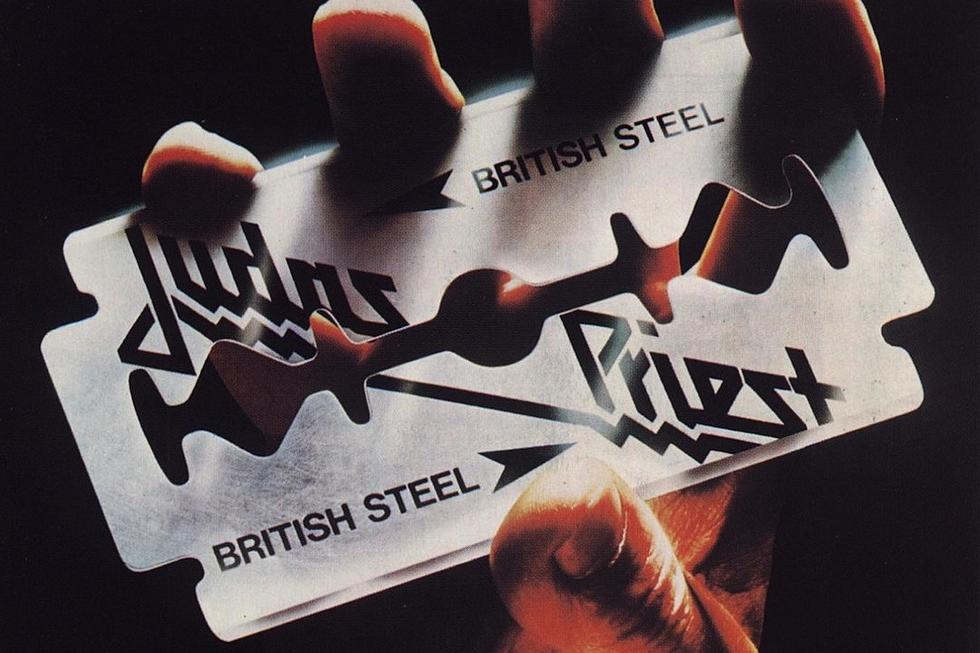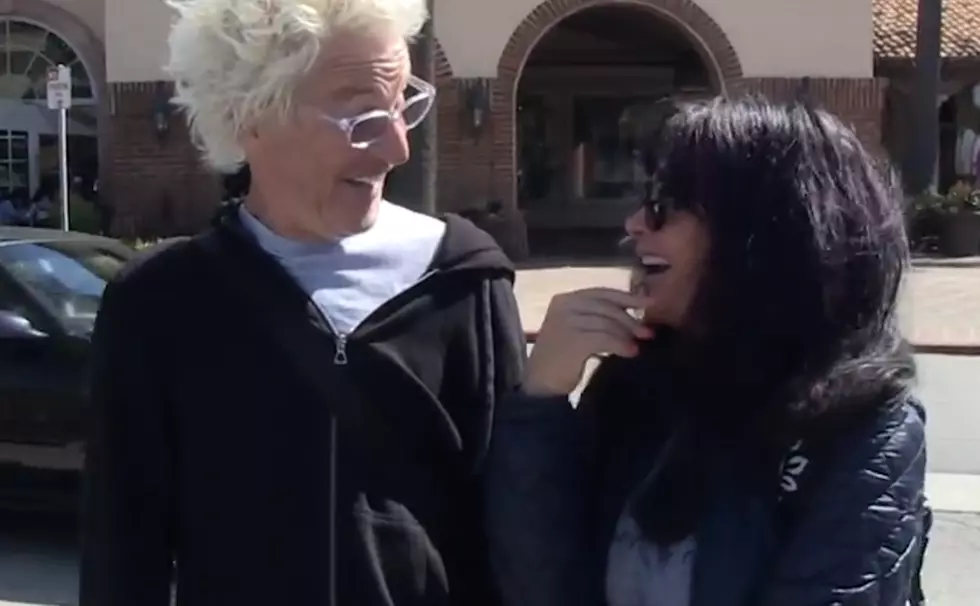
How Judas Priest Polished ‘British Steel’ to Perfection
Judas Priest's career arrived at a significant turning point on April 14, 1980, when the metal veterans unveiled their aptly named sixth album, British Steel. The record would simultaneously shut the book on the group’s rise to fame throughout the '70s and launch them headlong into the new decade – with worldwide stardom soon following.
It arrived amid a pivotal year in the history of metal, which was charged with excitement sparked by the New Wave of British Heavy Metal, and a looming revival of hard rock’s popularity around the globe. As representatives of the “old wave,” Judas Priest no doubt realized that they would, in some ways, have to prove themselves all over again.
Never mind that the Birmingham natives had already successfully stepped out of the formidable shadow cast by their hometown predecessors (and metal godfathers) Black Sabbath by carving a distinctive legacy of their own with epochal late-‘70s LPs like Sad Wings of Destiny, Sin After Sin and Stained Class. What’s more, after surviving, and even thriving amid punk’s vicious assault on all things pre-1976, Priest would now go toe-to-toe with bands they had actually inspired.
Fortunately, singer Rob Halford, guitarists Glenn Tipton and K.K. Downing, and bassist Ian Hill were not averse to changing and adapting to the times in order to further their vision — as shown by the increasingly uncluttered and direct songs recorded for 1978’s Hell Bent for Leather. After a dispute over his payment for the following year's Unleashed in the East live album, drummer Les Binks handed in his resignation and was replaced by former Trapeze member Dave Holland ahead of British Steel, which further steered the band toward this new direction.
Before, Judas Priest songs like “Tyrant,” “Sinner” and “Victim of Changes” indulged in complex arrangements and multiple contrasting parts with almost prog-rock zeal; now, tracks such as “Breaking the Law,” “Metal Gods” and “Living After Midnight” followed a more linear approach. Three years earlier, those British Steel classics may have been rolled into a single song. But here they were focused, as were “Rapid Fire,” “Grinder” and “Steeler.”
Watch Judas Priest Perform 'Breaking the Law'
The band may have pushed things too far with the reggae intro on the otherwise doomy “The Rage”; and the members continued to struggle with anything resembling a power ballad, as heard in the forced “United,” but the album ranks among Judas Priest’s best works, if not their all-time greatest LP.
British Steel stormed the U.K. charts, making it to No. 4. In the U.S., it climbed to No. 34 — both career bests at the time. These accomplishments, including the multi-platinum sales that followed, were assisted by new promotional tools like music videos. The band shot clips for both “Breaking the Law” and “Living After Midnight” (under the direction of punk rock survivor Julien Temple, no less).
British Steel allowed Judas Priest to face every challenge posed by upstart bands associated with the New Wave of British Heavy Metal, especially their eventual heirs, Iron Maiden, who, in what now seems like a historic heavy metal coincidence of cosmic proportions, released their debut album on the very same day.
This unofficial passing of the torch didn't affect either band’s ability to strengthen as the ‘80s progressed. They both charged ahead on nearly identical paths while ruling the hearts of metal fans. But Judas Priest's second decade of triumph may not have come about if not for their astute and decisive creative adjustments made for the mighty British Steel.
Top 50 Classic Heavy Metal Albums
Why Building Judas Priest's Set Lists Can Be 'Frustrating'
More From 99.1 The Whale








![Rolling Stones ‘Brown Sugar’ Turning 44 [VIDEO]](http://townsquare.media/site/497/files/2014/01/Rolling-Stones.jpg?w=980&q=75)

